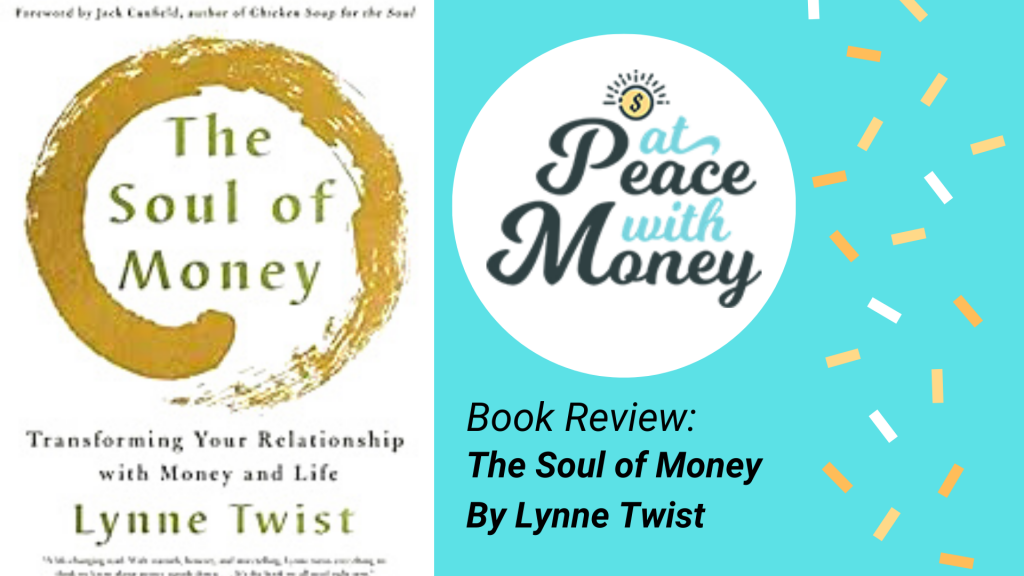How to Bring More Meaning Into Your Life With Money

I am not in favor of making money for money’s sake. In my mind, financial goals that aren’t grounded in the reality of what you need and want in life will not fulfill you. However, money can absolutely help you build a meaningful life!
It all has to do with staying checked in with yourself throughout your financial journey. Here are three ideas that can help serve as guideposts for you to transform the role of money in your life.
Money Is An Energy
Like water, money is a resource meant to flow from place to place. When you water a plant, it grows. When you spend money on something, you expand its role in your life.
Remembering that money is an energy can help us think more intentionally about what we want to expand in our lives. This might affect our smaller spending choices, like what we purchase at the grocery store. Or it might push us to make bigger money moves, like purchasing a vacation or beginning a retirement plan.
So, take some time to consider, what in your life do you want to expand, and what do you want to cull? How can the way you handle your money aid you in this process?
Stay Checked In With your Values
This idea is foundational to my work with clients and goes hand in hand with the first point. The more clear you are on what you value in life, the more valuable your life will feel to you as you bring those good things in.
Really take stock of what you value, and keep yourself checked in with that whenever you’re making a financial decision. Here are a couple articles that can help:
- The Key to Doing Money Well? It’s Your Values
- Avoid this Impostor Syndrome Pitfall by Connecting With Your Values
- Why You Should Always Base Your Financial Goals on Your Values
Working Smarter and Living Happier
Sometimes the ways that money can make room for more meaning in your life seem a little mundane. Consider ways that money can save you time and energy so you can do more of what you love. Perhaps you might like to hire a cleaner, or sign up for a grocery delivery service.
Taking on an expense like this can ultimately allow you to spend more of your own time and energy doing what you value and enjoy most.
If you liked these thoughts, you’ll probably also enjoy my free e-Book, Reach Your Life Goals! A Business Owner’s Guide. Click here to download:
















 It’s important to note that beyond income needs, there are many other reasons why we might find it difficult to put a cap on our work hours. Many people use work as a coping mechanism, or pride themselves on long hours. Being busy is not a badge of honor. In the long run, busying yourself with your business can lead to solopreneur burnout and a lack of fulfillment in your business. The more you choose to
It’s important to note that beyond income needs, there are many other reasons why we might find it difficult to put a cap on our work hours. Many people use work as a coping mechanism, or pride themselves on long hours. Being busy is not a badge of honor. In the long run, busying yourself with your business can lead to solopreneur burnout and a lack of fulfillment in your business. The more you choose to 



 valuable at a time like this. Because Jennifer is able to acknowledge her feelings and tend to them, she has more mental space available when it’s time to get to work.
valuable at a time like this. Because Jennifer is able to acknowledge her feelings and tend to them, she has more mental space available when it’s time to get to work.